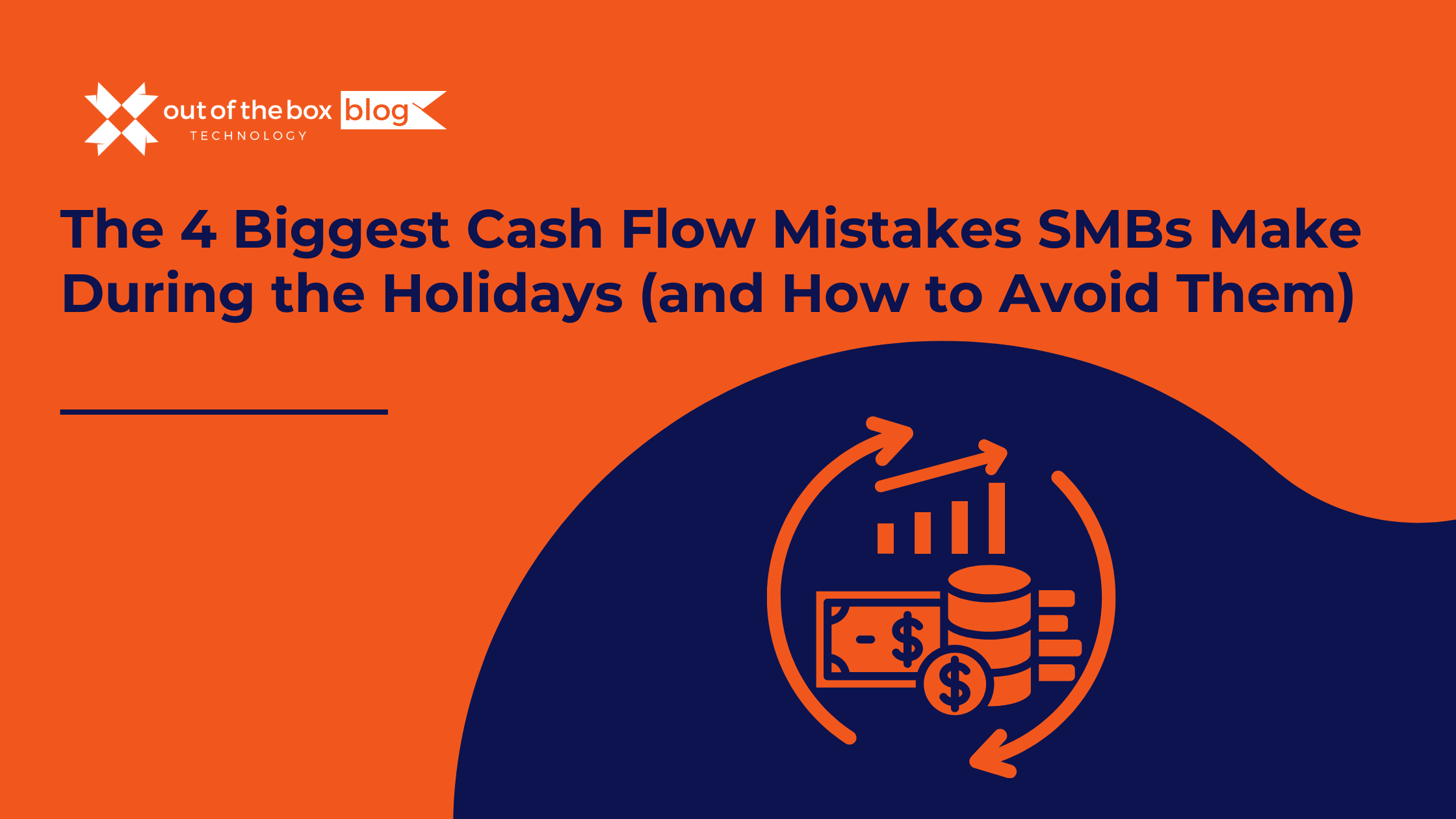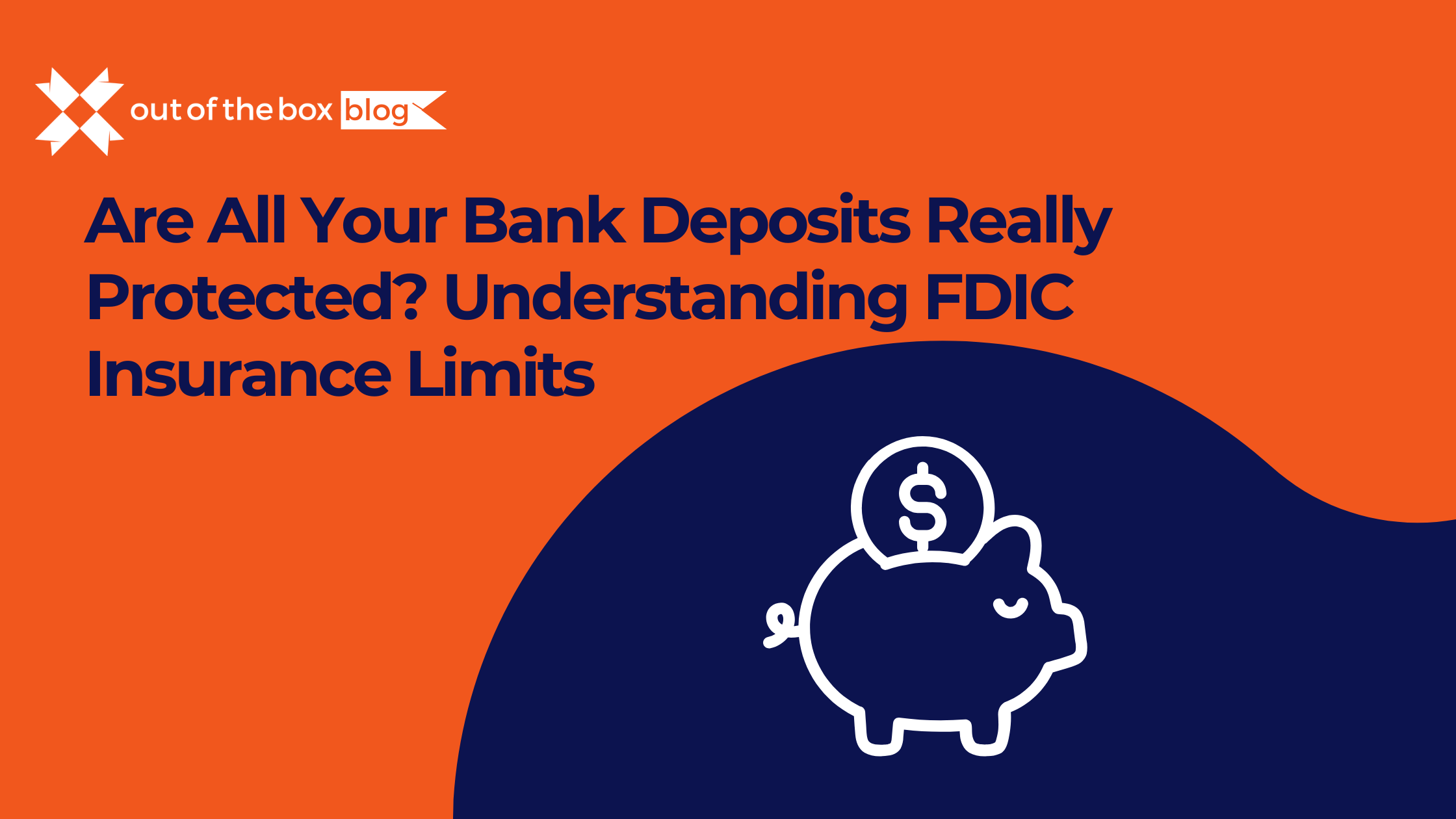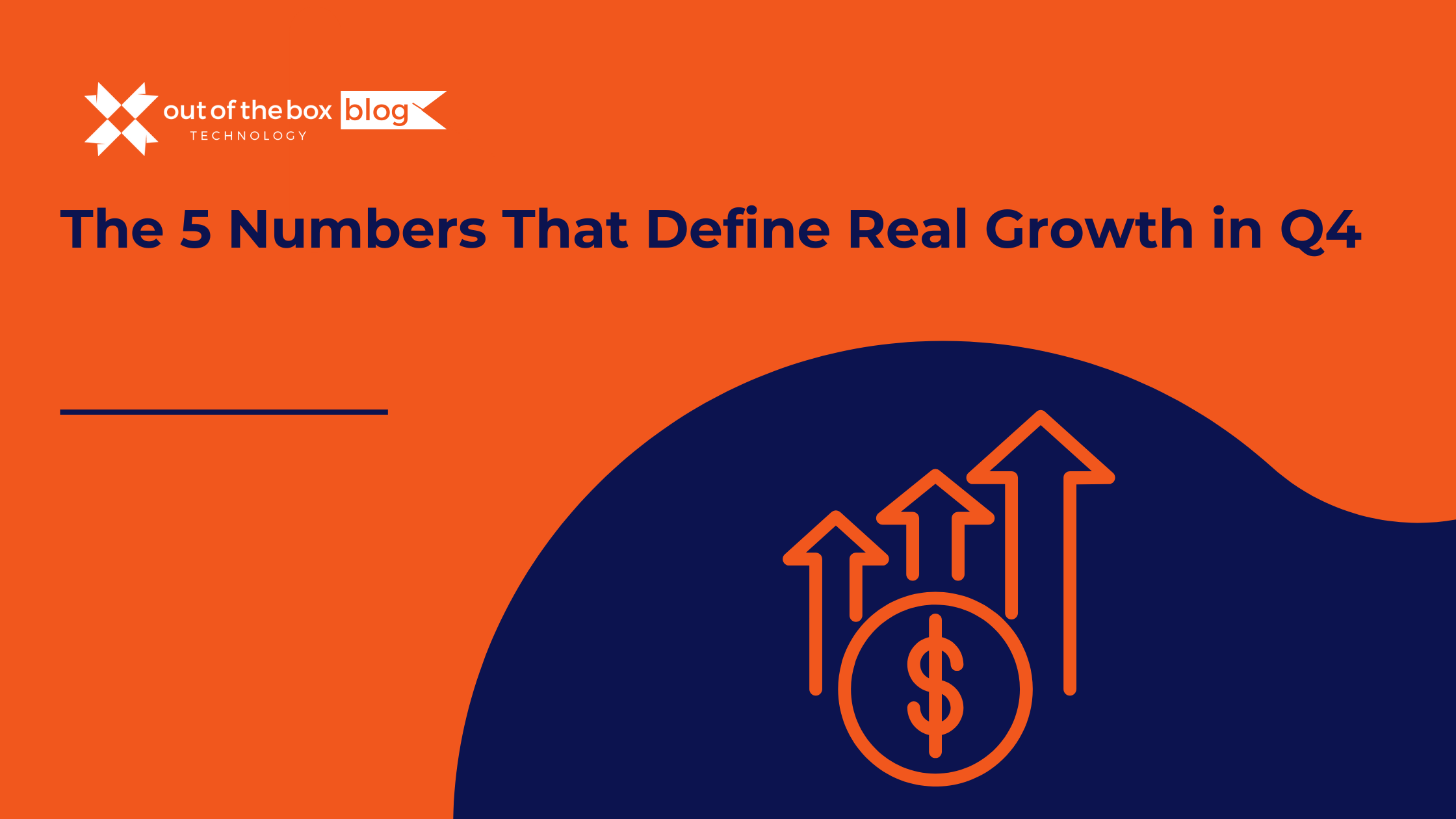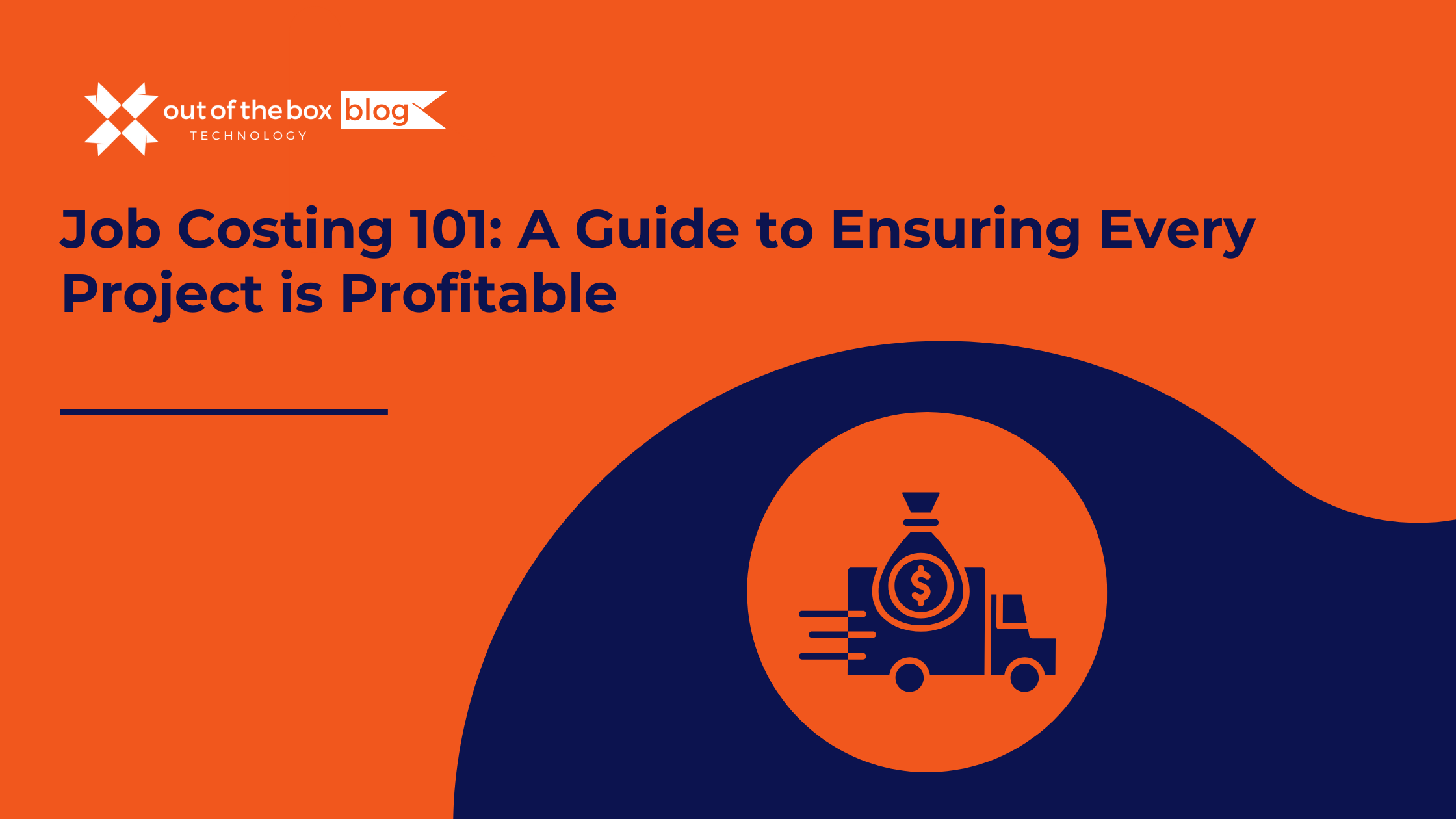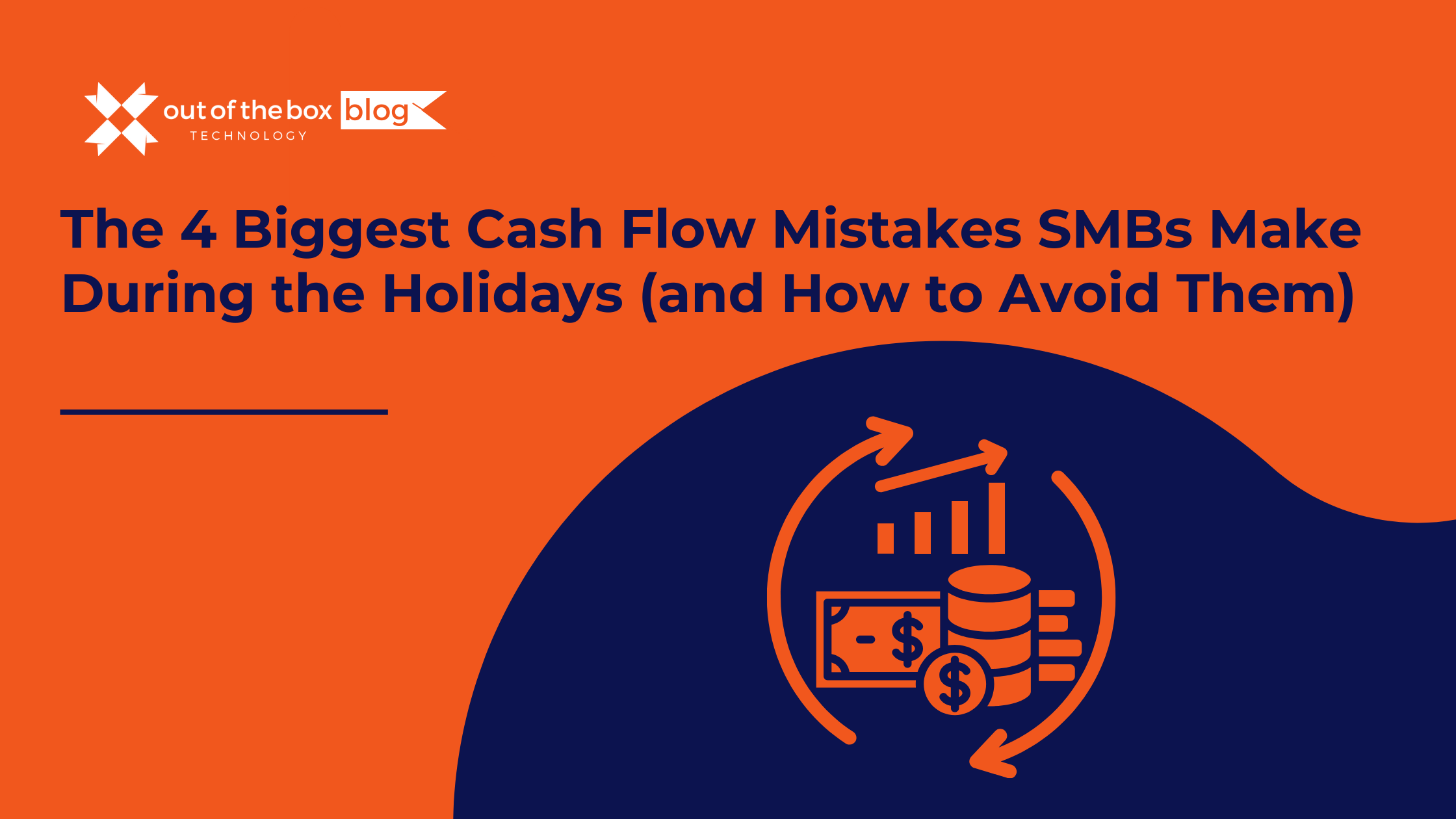The hum of the tape gun becomes a familiar soundtrack. Stacks of shipping boxes transform into teetering towers, and the glow of a computer screen tracking online orders is the last thing you see before bed. For a small or medium-sized business (SMB) owner, the holiday season is a thrilling, chaotic, and utterly exhausting whirlwind. Revenue charts climb to their highest peak of the year, and it feels like you’ve finally made it. But then January arrives, quiet and cold, and a terrifying realization dawns as you stare at your bank account: where did all the money go? This is the cash flow hangover, a painful condition that afflicts countless businesses who mistake record-breaking revenue for actual financial health. The truth is, the holiday season is a paradox; it’s the period of greatest opportunity and greatest risk, where a single misstep in managing your cash can turn your most profitable quarter into a prelude to a Q1 crisis.
The Holiday Cash Flow Paradox: Why More Sales Can Mean Less Cash
Before we dive into the mistakes, it’s crucial to understand a core challenge for any SMB that sells physical products or ramps up services during the holidays. It’s what we call the Holiday Cash Flow Paradox.
Your expenses peak before your revenue does.
Think about it:
- October/November: You’re spending heavily. You’re buying extra inventory, paying for holiday marketing campaigns, hiring seasonal staff, and maybe even investing in new packaging. Cash is pouring out of your business.
- December: The sales start flooding in. Revenue is high, but much of it might be tied up in accounts receivable (if you invoice clients) or still processing through payment gateways. Cash is just starting to trickle in.
- January/February: The revenue from December’s sales finally lands in your bank account. But now, you have new expenses to deal with: processing returns, paying quarterly taxes, and covering operating costs during a typically slower sales period.
This mismatch between when you spend money and when you actually receive it is the central challenge. The businesses that thrive are the ones that anticipate this gap and actively manage it. Those that don’t often make one of these four critical mistakes.
Mistake #1: The ‘Just in Case’ Inventory Trap
It’s the number one fear for any product-based business during the holidays: stocking out of your bestseller on Black Friday. To avoid this nightmare scenario, many SMBs overcompensate, tying up enormous amounts of precious cash in inventory they might sell. This “just in case” inventory becomes dead weight in your warehouse, a pile of cash you can’t use to pay your staff, your rent, or your marketing bills.
The Trap: You base your inventory purchases on gut feelings and fear rather than data. You order 500 units of that new scented candle because you have a “good feeling” about it, without looking at past sales trends or current market data. When the season ends, you’re left with 350 candles gathering dust.
Data Point: Holding costs for inventory can be shockingly high. It’s estimated that the carrying cost of inventory can be 20% to 30% of its total value. This includes storage, insurance, potential obsolescence, and the opportunity cost of the cash tied up. (Source: Investopedia)
Example in Action:
“The Cozy Candle Co.” had a successful 2024. For the 2025 holiday season, the owner, Sarah, decided to go big. She borrowed money to double her stock of every single product, assuming the sales boom would cover it. While her bestsellers did well, her niche scents sat on the shelves. By January, she had sold through only 60% of her inventory. The loan payment was due, but her cash was locked in unsold wax and wicks, creating a massive cash flow crisis.
How to Avoid This Mistake:
- Embrace Data-Driven Forecasting: Don’t guess, calculate. Analyze your sales data from last year’s holiday season. What were your top sellers? What was the sales velocity (how quickly items sold)? Use this historical data as your baseline. Tools like Shopify Analytics, QuickBooks Commerce, or even a well-organized spreadsheet can be your best friend.
- Implement an ABC Analysis: Categorize your inventory.
- A-Items: Your top 20% of products that generate 80% of your revenue. Stock up on these, but monitor them closely.
- B-Items: Your mid-range performers. Keep a healthy stock but be more cautious than with A-items.
- C-Items: Your slow-moving products. Consider ordering these in smaller batches or on-demand.
- Negotiate with Suppliers: Talk to your suppliers about flexible terms. Can you get a shorter lead time for re-orders? This allows you to place a smaller initial order and then re-stock quickly if an item takes off. Some may even offer consignment or dropshipping arrangements for certain products, eliminating your upfront inventory cost.
Mistake #2: The Squeeze Play: Unfavorable AR & AP
This mistake attacks your cash flow from two sides: the money you’re owed (Accounts Receivable or AR) and the money you owe (Accounts Payable or AP). During the holidays, many SMBs are so focused on making sales that they neglect the critical task of collecting cash. At the same time, they might be paying their own suppliers too quickly, creating a painful squeeze.
The Trap: You offer generous payment terms (like Net 30 or Net 60) to your B2B clients to lock in holiday orders, but your own suppliers demand payment upon delivery or Net 15. This means your cash goes out the door weeks or even months before the revenue from those sales comes back in.
Data Point: A study by Fundbox revealed that 81% of invoices issued by small businesses are paid late. During the chaotic holiday season, this problem is often exacerbated as your clients’ own finance departments get overwhelmed.
Example in Action:
“Innovate Web Design,” a small agency, landed three big e-commerce projects in October, all with holiday launch deadlines. To close the deals, they offered Net 60 terms, meaning they wouldn’t get paid until January or February. However, they had to hire two freelance developers and a graphic designer who required payment within 15 days of completing their work in November. The agency had to drain its cash reserves and take out a high-interest line of credit just to cover payroll, even though on paper, they were having their most profitable quarter ever.
How to Avoid This Mistake:
- Incentivize Early Payments (AR): Don’t just hope for on-time payments; encourage them. Offer a small discount, like “2/10, Net 30,” which means clients get a 2% discount if they pay within 10 days. The small hit to your margin is often well worth the benefit to your cash flow.
- Automate Your Invoicing and Follow-Up: Manual invoicing is slow and prone to error. Use accounting software (like QuickBooks, Xero, or FreshBooks) to send invoices immediately and set up automated email reminders for upcoming and overdue payments. The less you have to think about it, the more likely it is to get done.
- Negotiate Better Terms with Suppliers (AP): Your suppliers are also business owners and often understand the challenges of cash flow. Have an open conversation. Ask if you can extend your payment terms from Net 15 to Net 30 or even Net 45 for the holiday season. Offering to place a larger order or pay a deposit can give you leverage. The goal is to better align your cash outflows with your cash inflows.
Mistake #3: Forgetting the Post-Holiday Hangover
The final sale of December feels like the finish line, but it’s not. The first quarter of the new year brings its own set of cash-draining challenges that many SMBs fail to plan for. This lack of foresight is like celebrating the end of a marathon at mile 25—the hardest part might still be ahead.
The Trap: You see a healthy bank balance in early January from all your holiday sales and go on a spending spree—investing in new equipment or paying out large bonuses. You completely forget about the “Three R’s” of the post-holiday hangover: Returns, Remittances (Taxes), and Reduced Sales.
Data Point: The National Retail Federation (NRF) consistently reports that a significant percentage of holiday purchases are returned. In recent years, consumers returned an average of 16.5% of total retail sales, a figure that can be even higher for online-only businesses. Each return is a direct drain on your cash.
Example in Action:
“Gadget Pro,” an online electronics retailer, had a massive December. The owner saw over $100,000 in the bank on January 5th and immediately purchased a new $25,000 inventory management system he’d been wanting. What he didn’t account for was the $18,000 in product returns that flooded in over the next three weeks, the $15,000 quarterly sales tax payment due at the end of the month, and the fact that January sales were 70% lower than December’s. By February, the company was struggling to make payroll.
How to Avoid This Mistake:
- Create a Cash Reserve (Your “War Chest”): Before the holiday season even begins, calculate your essential operating expenses for January and February (rent, payroll, utilities, software subscriptions, etc.). Your goal should be to set aside enough cash from your Q4 earnings to cover these costs before making any major new investments. This is your safety net.
- Forecast and Set Aside Tax Money: Don’t let tax payments be a surprise. Work with your accountant to estimate your quarterly sales tax and income tax liabilities based on your projected holiday sales. As the sales come in, transfer a percentage of that revenue into a separate savings account earmarked specifically for taxes.
- Analyze Your Return Rate: Look at your historical data. What is your average return rate after the holidays? If it’s 15%, you should assume that 15% of your December revenue is “at-risk” and shouldn’t be considered secure cash until your return window has closed.
Mistake #4: The Margin Massacre from Unprofitable Promotions
During the holidays, the pressure to compete is immense. It feels like every competitor is screaming “50% OFF!” and “FREE SHIPPING ON EVERYTHING!” In a desperate attempt to attract customers, many SMBs slash their prices so aggressively that they destroy their profit margins, winning sales that actually cost them money.
The Trap: You focus on the top-line revenue number without understanding the true profitability of each sale. A “Buy One, Get One Free” deal might double your order volume, but if your product margin is less than 50%, you’re losing money on every single transaction. You’re paying to give your product away.
Data Point: Advertising costs skyrocket in Q4. According to data from marketing analytics firms, the Cost Per Mille (CPM), or cost to show your ad to 1,000 people, on platforms like Facebook and Instagram can increase by 30% or more between Q3 and Q4. If your margins are already thin from discounts, this increased ad spend can make your customer acquisition costs unsustainable.
Example in Action:
“Petals & Pots,” a boutique plant shop, ran a month-long “40% Off Sitewide” sale to compete with big-box stores. They spent an extra $5,000 on social media ads to promote the sale. They saw a huge spike in orders, but when they ran the numbers in January, they were horrified. After the discount, the cost of goods sold, increased shipping costs, and the high ad spend, their net profit per order was negative. They were busy, but they were busy losing money.
How to Avoid This Mistake:
- Know Your Numbers (Especially Contribution Margin): Before you plan a single promotion, you must know your contribution margin per product. This is the selling price minus the variable costs (cost of the product, shipping, payment processing fees). This number tells you how much money is left over to cover your fixed costs and contribute to profit. Any discount must come out of this margin.
- Use Smarter Promotions: Instead of deep, sitewide discounts, try these margin-friendly alternatives:
- Bundles: Group 2-3 products together for a price slightly lower than buying them separately. This increases your Average Order Value (AOV) and helps move your B- and C-list inventory.
- Tiered Discounts: “Save 10% on orders over $75, 20% on orders over $150.” This encourages customers to spend more to get a better deal, boosting your AOV and cash flow.
- Free Gift with Purchase: Offer a small, high-margin item for free on orders over a certain threshold. The perceived value is often higher than the actual cost to you.
- Track Your Marketing ROI Religiously: Don’t just throw money at ads. Use tracking pixels and UTM codes to know exactly which campaigns are driving profitable sales. If an ad campaign is costing you $50 to acquire a customer who only generates $10 in profit, turn it off. Reallocate that budget to your more profitable channels, like email marketing to your existing customer list.
Summary & Conclusion
The holiday season should be a time of celebration for your business, not a source of financial anxiety. By understanding the Holiday Cash Flow Paradox and actively working to avoid these four common mistakes, you can turn your busiest season into your most sustainably profitable one. True financial control comes not from reacting to crises, but from proactively managing your cash with data-driven decisions. Ditch the “just in case” inventory, master your payment terms, plan for the post-holiday hangover, and protect your profit margins. Do this, and you’ll enter the new year not with a cash flow hangover, but with a healthy bank account and a strong foundation for future growth.
Frequently Asked Questions (FAQs)
Q1: What is a cash flow forecast and why do I need one for the holidays?
A cash flow forecast is a plan that estimates the money you expect to flow in and out of your business over a specific period. For the holidays, it’s absolutely essential. It helps you anticipate the cash gap between your upfront inventory/marketing expenses and your eventual sales revenue, allowing you to see potential shortfalls weeks or months in advance so you can prepare.
Q2: How can technology help me manage my holiday cash flow better?
Technology is a game-changer. Cloud accounting software (QuickBooks, Xero) can automate invoicing and bank reconciliations. Inventory management systems can provide the data you need for accurate forecasting. Customer Relationship Management (CRM) and email marketing platforms can help you drive profitable sales from your existing customer base at a low cost.
Q3: Should I take out a short-term loan to cover holiday expenses?
It can be a viable strategy, but it requires caution. A short-term loan or line of credit can help you bridge the cash flow gap to buy inventory or fund marketing. However, you must first build a solid cash flow forecast to prove you can comfortably make the repayments, even after accounting for returns and slower sales in Q1. Never borrow without a clear plan for repayment.
Q4: What is the single most important metric to watch for cash flow during the holidays?
While all metrics are important, your Cash Conversion Cycle (CCC) is arguably the most critical. The CCC measures how long it takes for a dollar you spend on inventory to turn back into cash in your bank account. The goal is to make this cycle as short as possible by selling inventory quickly, collecting receivables fast, and paying bills wisely.
Don’t Just Survive the Holidays—Thrive.
Ready to take command of your finances?
